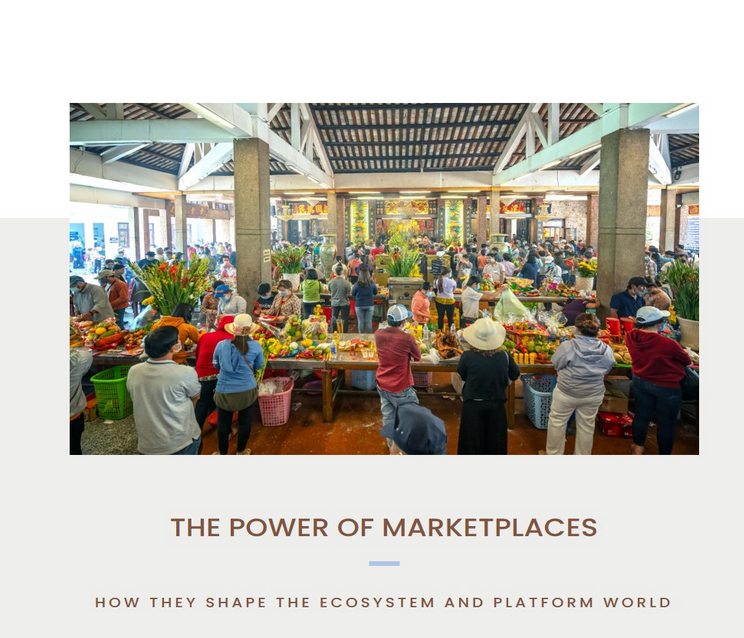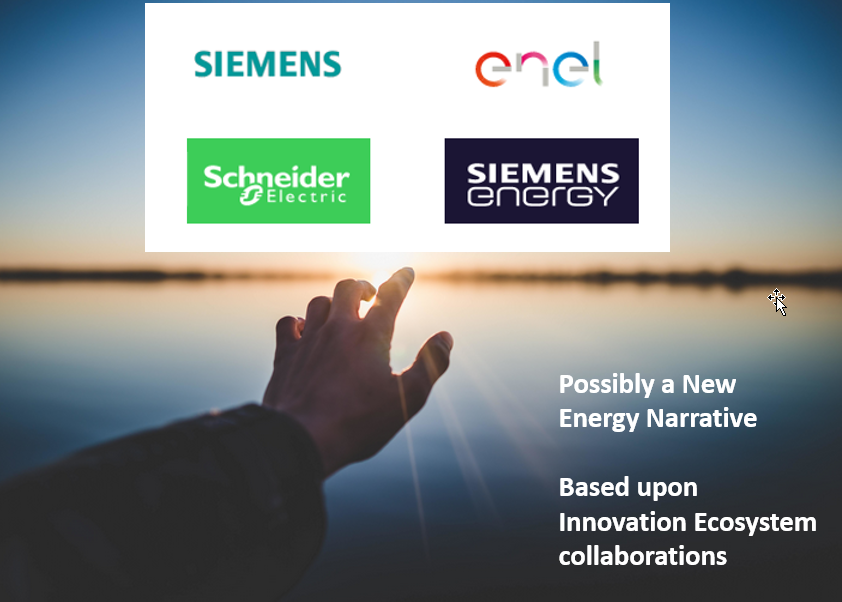
The theory goes you identify an Ecosystem of like-minded businesses that share a common need to solve a vexing problem, challenge or concept. Then, one party sets up a platform or gains the agreement of one already available, a neutral platform, to use it. Hence, it has all the technology, governance and structure to enable the group to communicate, exchange and build the (emerging) solution to work and then have the structure for it to (rapidly) scale.
The marketplace, the third part, often gets left to last when those achieving this new solution realize it needs a place for actual exchange, a thriving buyer/seller market.
Today, we have witnessed a rapid expansion of the Marketplace on offer. Marketplaces are increasingly being stretched, and the boundaries of their understanding keep extending. We have moved from simply listing, though, to transactional marketplaces ( travel, delivery), full-stack marketplaces (on-demand services- Uber), Market Maker (for homes, cars, jobs) into eCommerce(fashion, groceries) and Direct-to-Consumer( food, banking, wellness, lifestyle and eyewear)
By participating at an Ecosystem level, you are putting clear skin in the game; the platform provider tends to drive the roadmap, provide the governance and often play the lead role. There are so many “neutral” platform providers that much of the technology and engineering solutions can be resolved by using established platforms that many of the tensions, when ecosystems are formed, can fall away, allowing those working on a challenge to focus specifically on that and spend their time breaking down the IP and the returns, building the new solution.
Yet it is the role of the Marketplace that determines increasingly the success. Just reflect on some of the most prominent marketplaces. You have Amazon, Alibaba, Airbnb, Salesforce, Booking, eBay, LinkedIn, etc.
Continue reading



